Author: Marshall Schott
Belgium has a strong beer culture that’s arguably anchored by Trappist and sour styles, the former of which was originally brewed by Trappist monks and tends to have a unique “Belgian” fermentation character. Keeping things simple, Trappists are known for producing four primary styles of beer, their names serving as an indicator of strength– Enkel (Single/Blond), Dubbel, Tripel, and Quadrupel.
Developed and initially brewed by the Trappist Abbey of Westmalle in 1856, Dubbel is a style that has been emulated by many, from other Belgian Trappists to modern American craft breweries. With its fairly hefty malt flavors, unique yeast characteristics, and moderate alcohol content, Dubbel serves as a refreshingly dark alternative to less characterful pale styles. The BJCP provides the following description:
A deep reddish-copper, moderately strong, malty, complex Trappist ale with rich malty flavors, dark or dried fruit esters, and light alcohol blended together in a malty presentation that still finishes fairly dry.
I don’t consider myself a big fan of Belgian beer, a fact made clear by the years I spent mispronouncing Dubbel as doo-bowl, though I certainly appreciate good examples. Having accidentally… ahem… inebriatedly purchased some Belgian candi syrup, I figured I’d try my hand at making a Dubbel using less than acceptable methods.
| BREWING THE BEER |
In the hundreds of batches of beer I’ve brewed, I can count on one finger the times I’ve made a Dubbel. Years ago, I participated in a local club competition where everyone submitted their version of Dubbel, so I built a recipe inspired by others I found online. I thought the beer came out pretty good, the judges apparently did not, so naturally I used that recipe as a place to start for this one.
Short & Shoddy Belgian Dubbel
Recipe Details
| Batch Size | Boil Time | IBU | SRM | Est. OG | Est. FG | ABV |
|---|---|---|---|---|---|---|
| 5.5 gal | 20 min | 19.4 IBUs | 17.9 SRM | 1.065 | 1.012 | 7.0 % |
| Actuals | 1.065 | 1.008 | 7.6 % | |||
Fermentables
| Name | Amount | % |
|---|---|---|
| Pelton Pilsner-style Malt (Mecca Grade) | 13 lbs | 81.25 |
| Metolius Munich-style Malt (Mecca Grade) | 1 lbs | 6.25 |
| Special B Malt | 12 oz | 4.69 |
| Honey Malt (Gambrinus) | 8 oz | 3.13 |
| Candi Sugar, Amber | 12 oz | 4.69 |
Hops
| Name | Amount | Time | Use | Form | Alpha % |
|---|---|---|---|---|---|
| Magnum | 19 g | 20 min | Boil | Pellet | 12.9 |
| Hallertauer Mittelfrueh | 28 g | 15 min | Boil | Pellet | 2.3 |
Yeast
| Name | Lab | Attenuation | Temperature |
|---|---|---|---|
| Gnome (B45) | Imperial Yeast | 74% | 65°F - 75°F |
Notes
| Water Profile: Filtered Fresno, CA water with some CaSO4 and CaCl |
Download
| Download this recipe's BeerXML file |
I my brew day off at 1:45 PM on a pleasant Saturday afternoon by collecting the full volume of brewing water.
After haphazardly tossing minerals into the water and setting the controller to heat it up, I got some help preparing the grains.
Once strike temperature was reached, dropped the bag full of grist in and gave it a good stir before making sure it was at my target mash temperature.
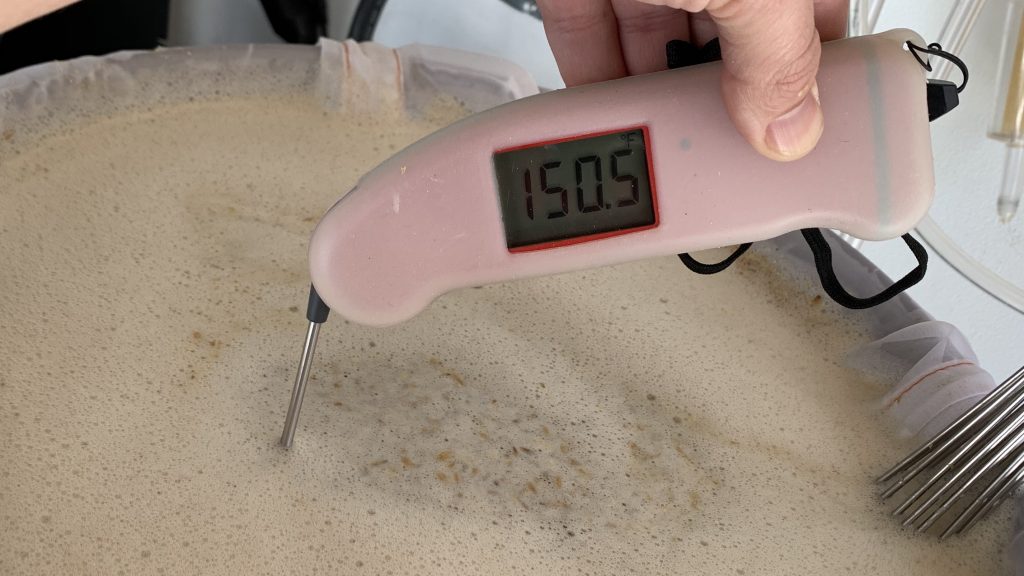
The mash was rest left alone for just 25 minutes.
When the mash was finished, I removed the grains and set the controller to heat the wort up, adding the Belgian candi syrup when it was around 165°F/74°C.
The wort was then boiled for only 20 minutes with hops added as stated in the recipe.
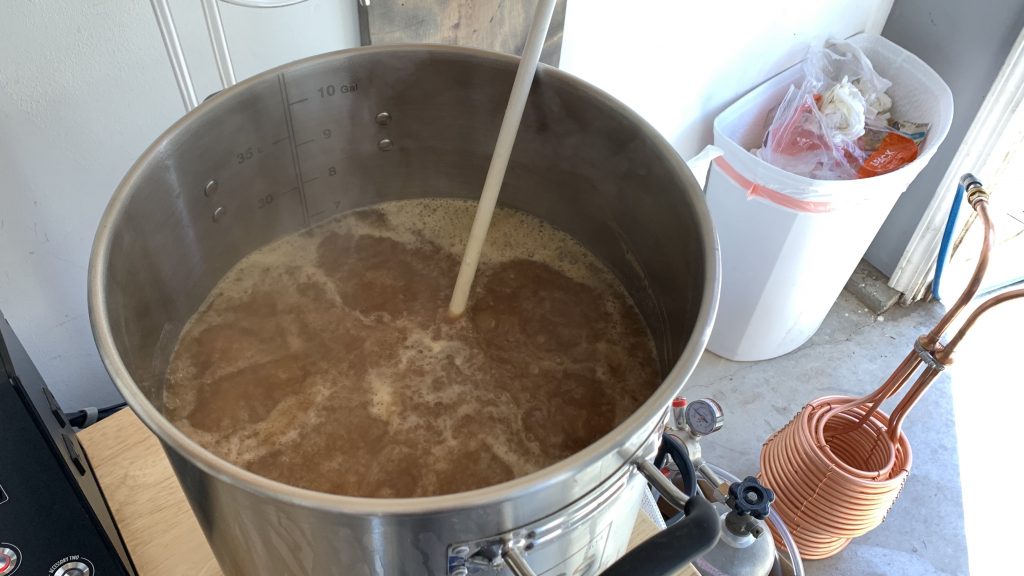
Following the brief boil, I quickly chilled the wort to 70°F/21°C with my IC.
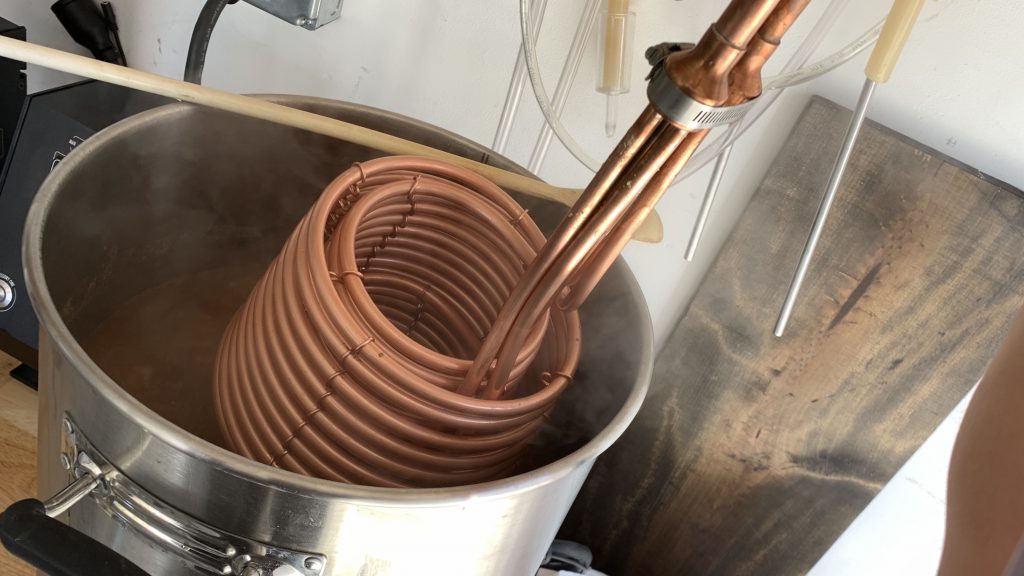
A refractometer reading confirmed the wort was at a respectable 1.065 OG.
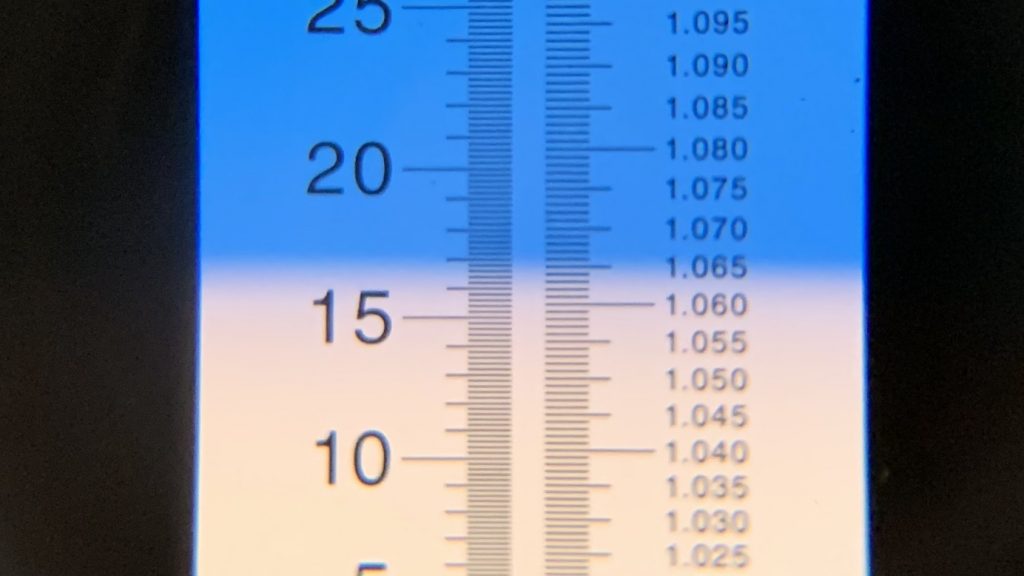
The wort was then transferred to a sanitized fermentation vessel.
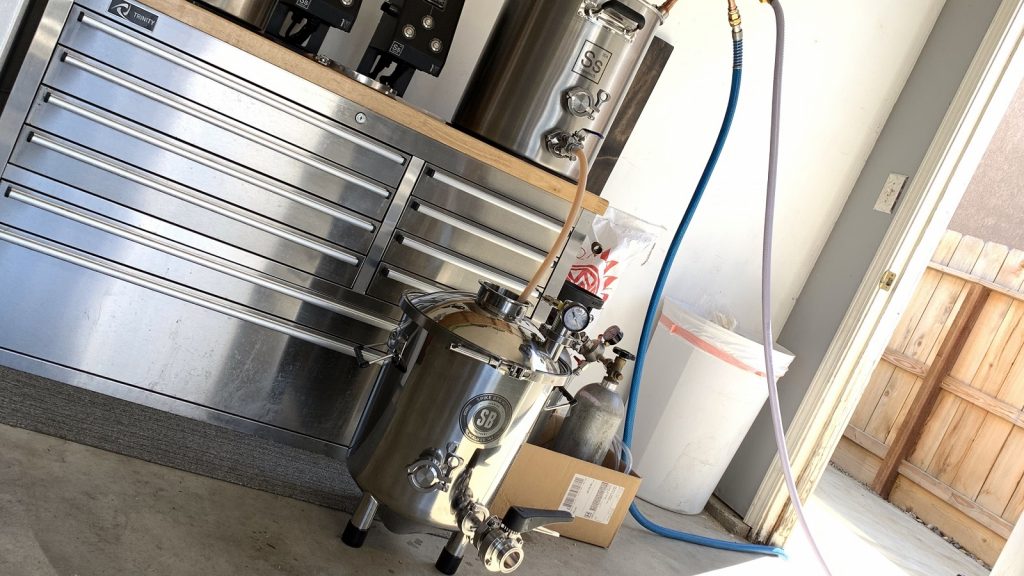
At this point, I removed a pouch of Imperial Yeast B45 Gnome from my fridge and immediately pitched it.
I moved the filled fermentation vessel to my chamber and connected by jury-rigged CO2 capture device.
I observed a nice fluffy kräusen had developed just 7 hours later and by the next morning, all of the sanitizer solution had been pushed out of the first keg. The beer was left to fermented for 9 days in total before I took a hydrometer measurement confirming FG had been reached.
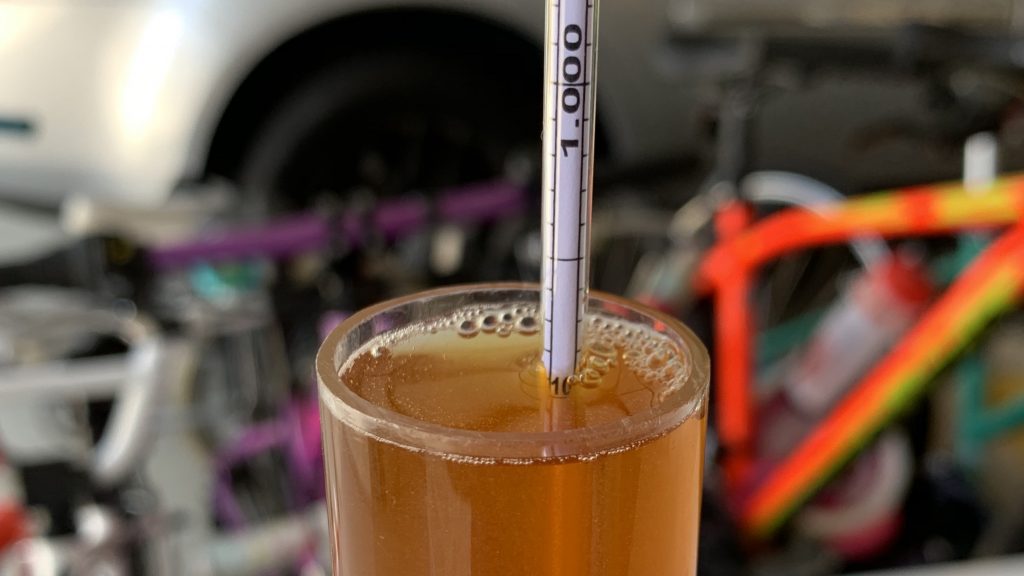
After disconnecting the purged keg, I attached a CO2 tank at 2 psi and reduced the temperature in the chamber to 33°F/1°C for cold crashing; given claims B45 Gnome drops clear quickly, I skipped fining with gelatin. The following day, I pressure transferred the beer from the fermentation vessel to the naturally purged serving keg.
The beer was burst carbonated overnight before I reduced the gas to serving pressure. Following a week of conditioning, it was carbonated and ready to serve to tasters.
| RESULTS |
A total of 23 people of various levels of experience participated in this Short & Shoddy evaluation. Participants were first asked to identify the style they believed the beer to be based on their perception.
Tasters were then instructed to rate how hoppy, malty, and dry they perceived the beer to be on a 0-5 scale where a rating of 0 indicated “not at all” and 5 indicated “extremely;” these ratings were then averaged.
Tasters were provided a list of common hop, malt, and yeast characteristics then instructed to select from each the one they perceived as being strongest in the beer.
Hop Characteristics
Malt Characteristics
Yeast Characteristics
Next, participants were asked to indicate whether or not they detected any off-flavors in the beer; those who did were provided a list of common off-flavors and instructed to select the one they perceived as being strongest. One taster each noted what they perceived to be DMS, acetaldehyde, and musty off-flavors.
Tasters were then asked to rate how much they enjoyed the beer on a 0-5 scale where 0 indicated they hated it and 5 indicated they loved it.
Finally, the beer style was revealed to participants and they were asked to rate how representative it was on a 0-5 scale where 0 meant “not at all” and 5 meant “exactly.”
My Impressions: This Belgian Dubbel was pretty doggone good, if you ask me. Malty yet dry with noticeable Belgian fermentation character that slightly favored phenolics over esters, though there was noticeable dark fruit notes as well. I also got a curiously pleasant earthy note from this beer, perhaps from the hops or just the blend of everything else. Definitely one I’d be happy to brew again!
| CONCLUSION |
It’s not terribly uncommon for newer brewers to brew Belgian styles, in part because the big fermentation character can help cover up certain smaller flaws. Indeed, whereas phenolics are a widely accepted off-flavor in most beers, their spicy clove-like notes are expected in most Belgian styles. That doesn’t mean they can’t be bad, I’ve had plenty of unpalatable examples, and I’m happy to report my Short & Shoddy Dubbel wasn’t one of them!
While three of the blind tasters did report perceiving what they thought to be off-flavors, there was no consistency between them, and I didn’t detect any of the flaws one might expect given the shortcuts taken when brewing the beer. Overall, tasters felt the beer had a caramel/sweet malt flavor with a notably phenolic fermentation characteristic, the latter of which I’m compelled to believe influenced ratings of the hop character as being predominantly spicy. In conversations with tasters following completion of the survey, a good number mentioned perceiving fruity flavors including cherry, prune, and raisins, which certainly fits the style.
I brew very few Belgian beers, maybe one per year, so when I do, my goal is to make sure it’s good enough for me to want to have on tap for a few weeks. This Short & Shoddy Belgian Dubbel definitely hit the mark. I’m not a big fan of the banana and bubblegum flavors found in some Belgians, hence my decision to use B45 Gnome yeast, which is known to favor phenolics, and it worked beautifully. Even when sharing this beer with friends who share my opinion on Belgians, the response was typically weighted toward the positive, which was pretty cool.
If you have thoughts about this Short & Shoddy brew, please feel free to share in the comments section below!
Support Brülosophy In Style!
All designs are available in various colors and sizes on Amazon!
Follow Brülosophy on:
FACEBOOK | TWITTER | INSTAGRAM
If you enjoy this stuff and feel compelled to support Brulosophy.com, please check out the Support page for details on how you can very easily do so. Thanks!


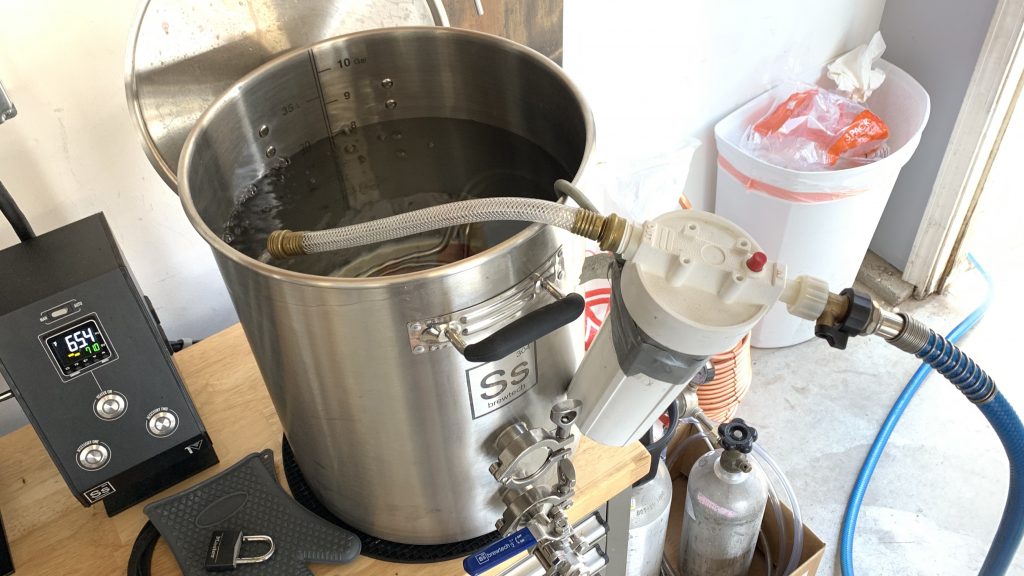
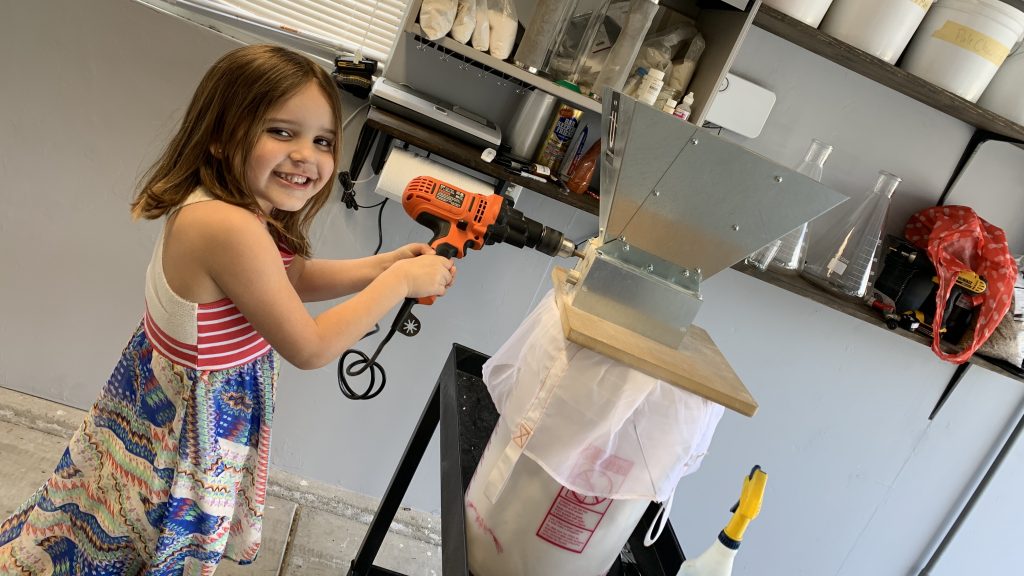
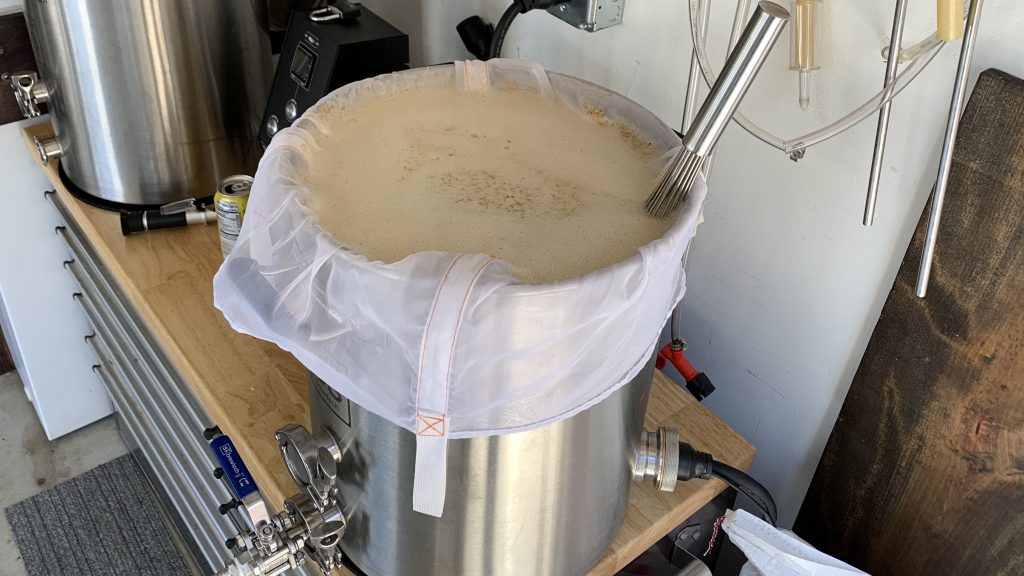
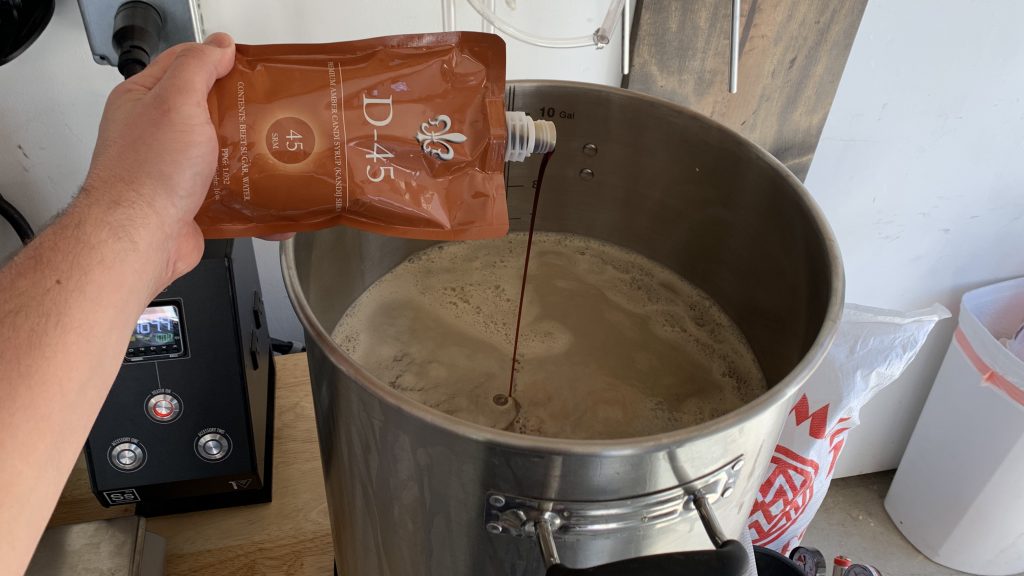
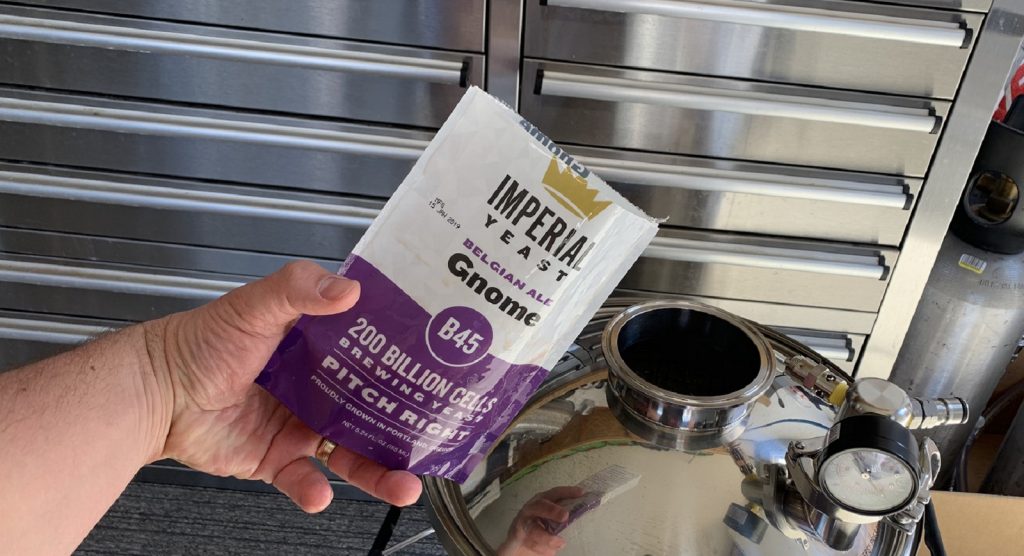
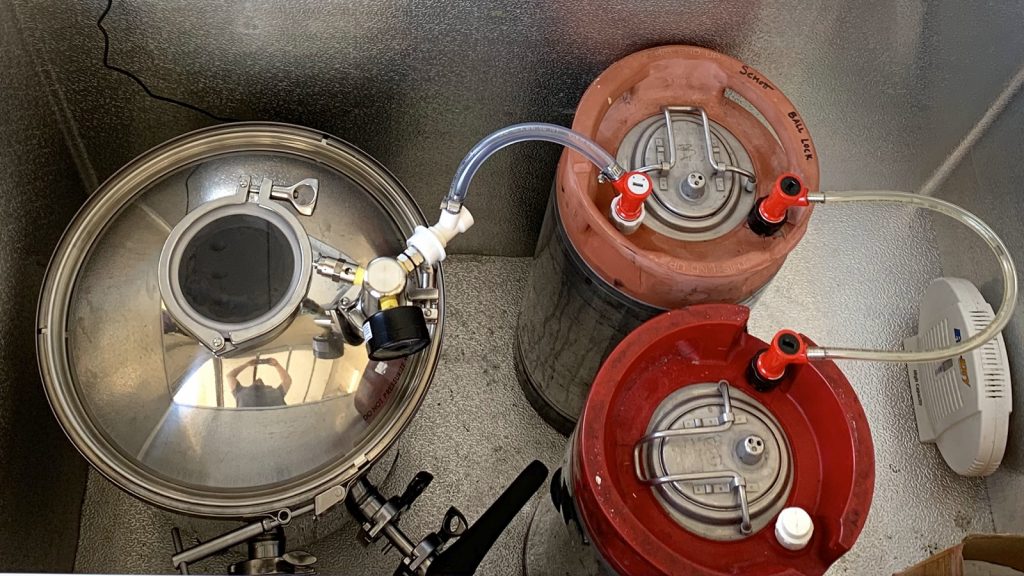
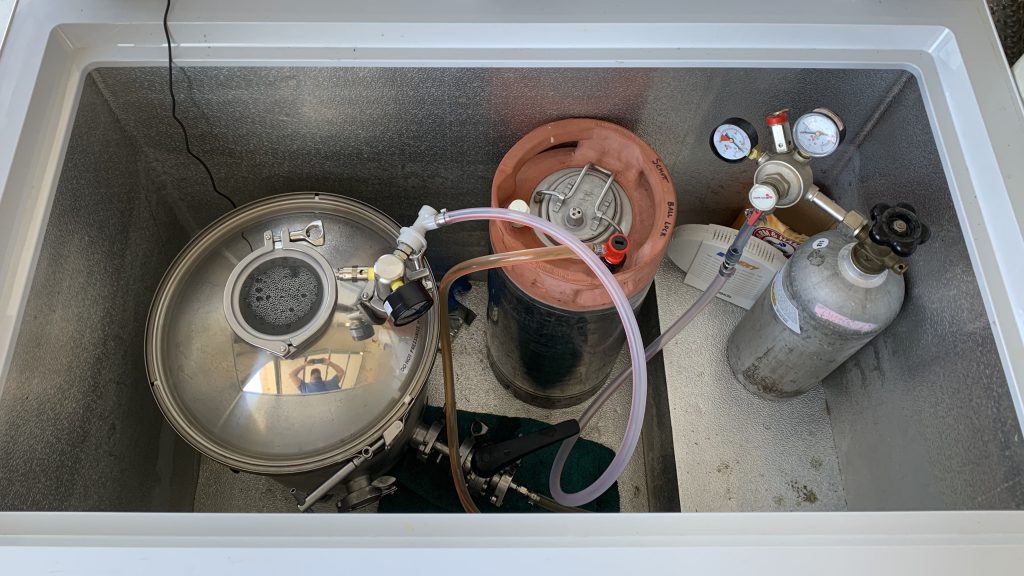
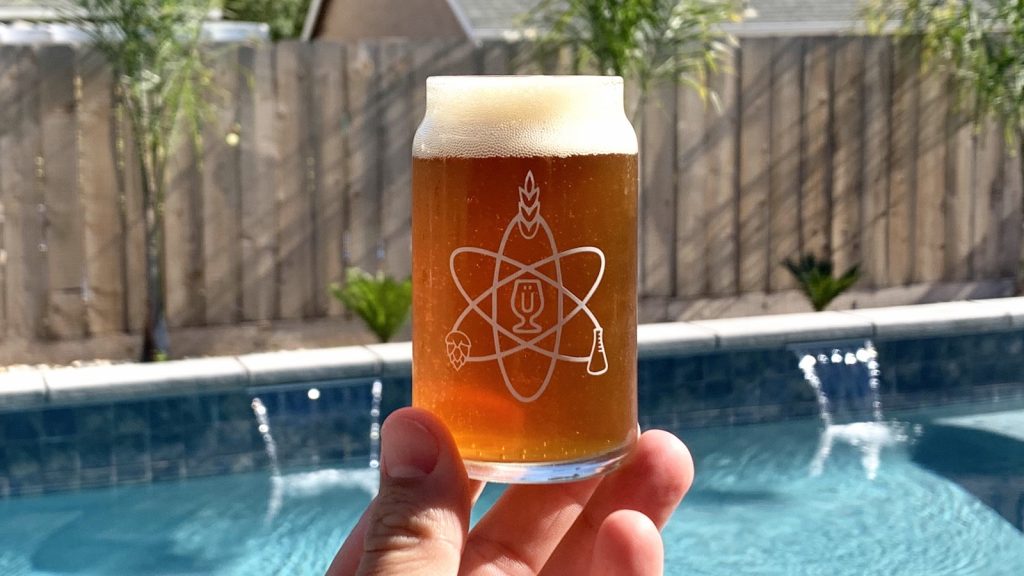
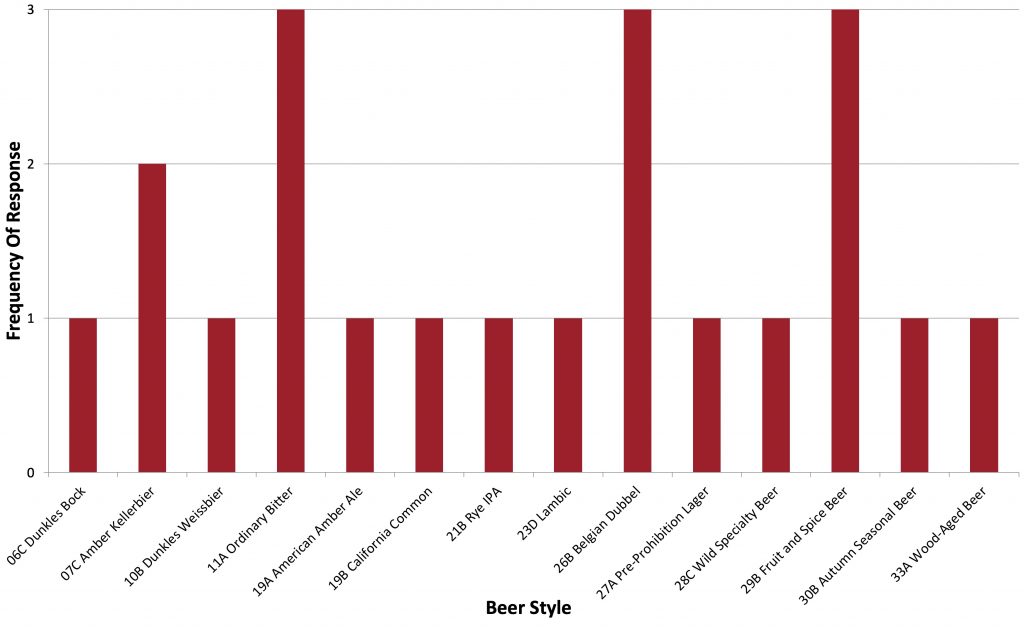
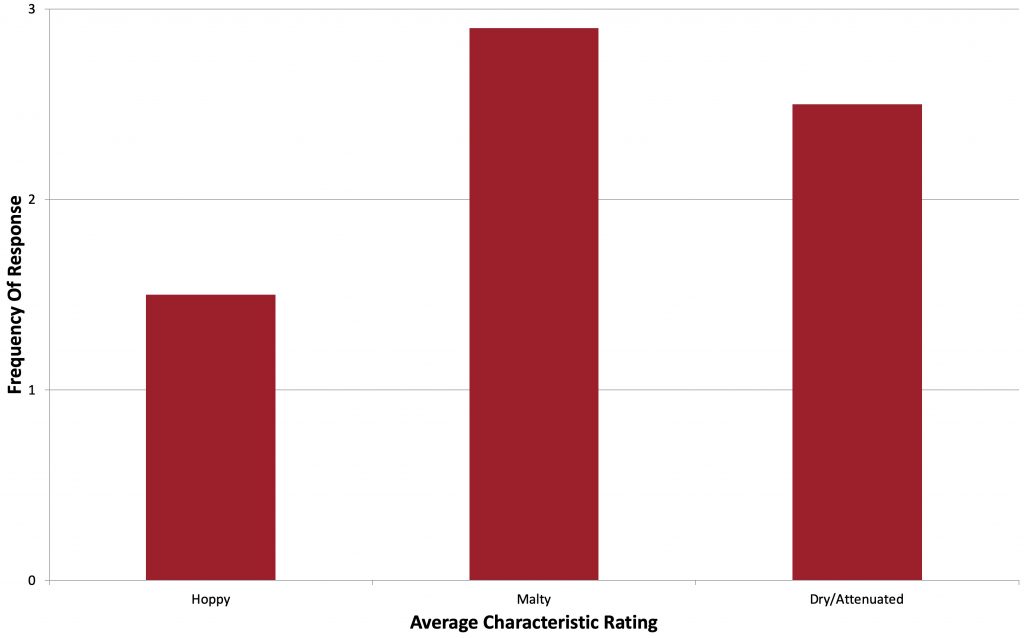
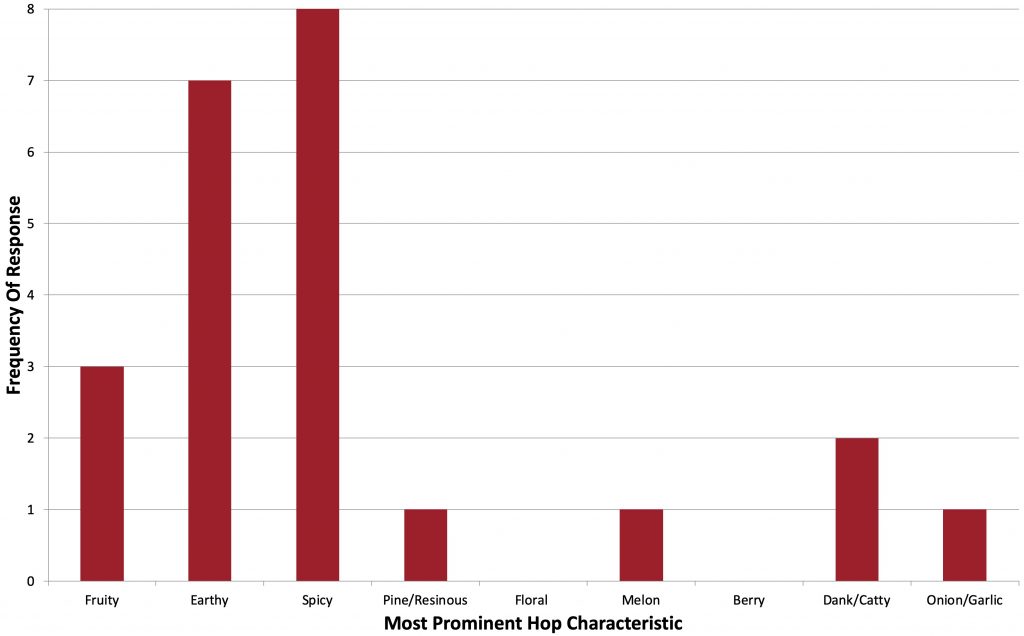
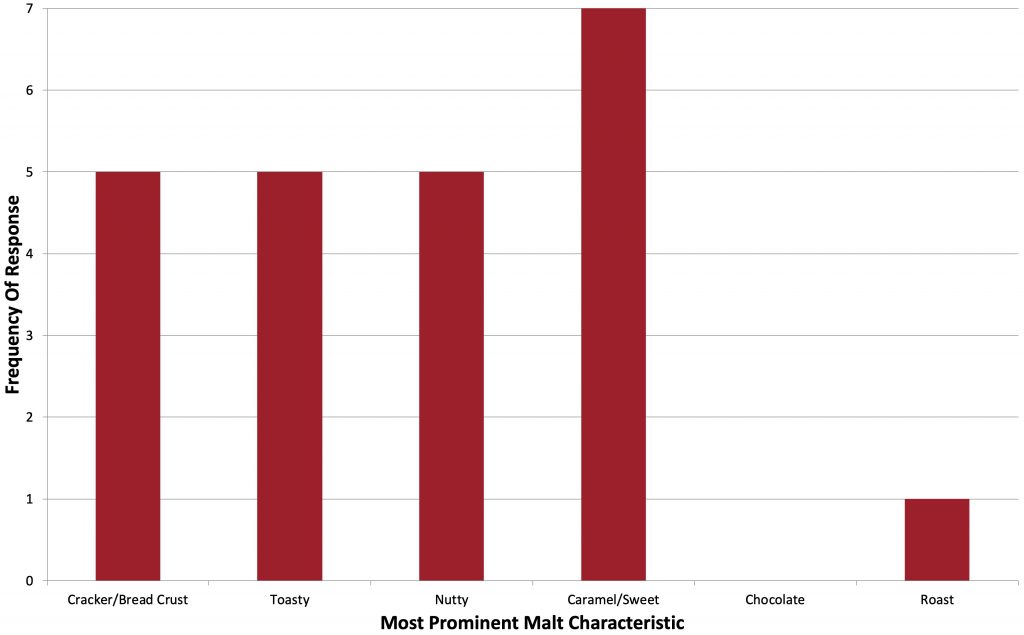
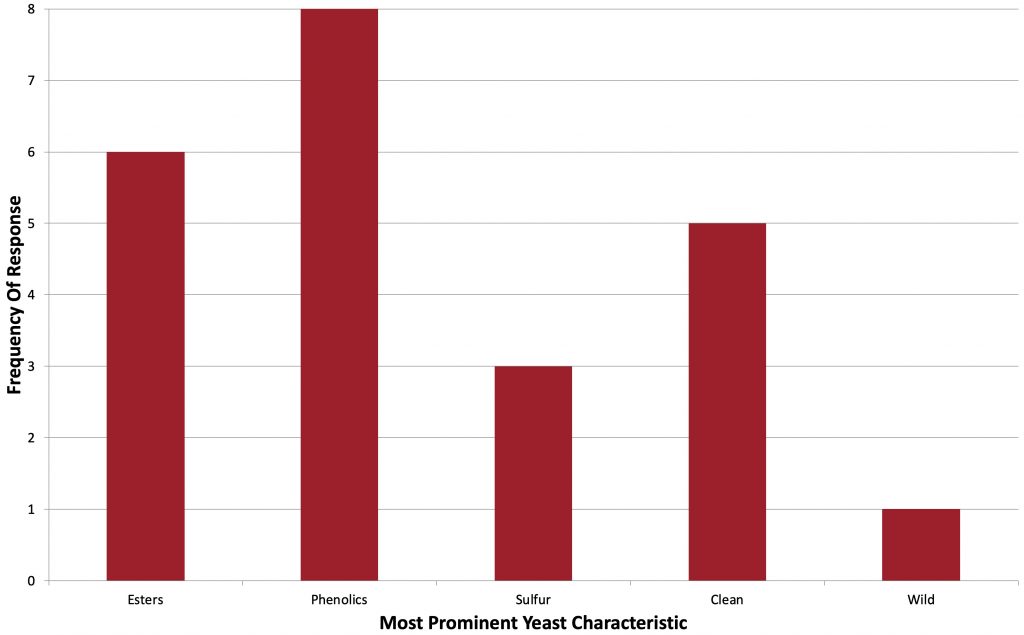
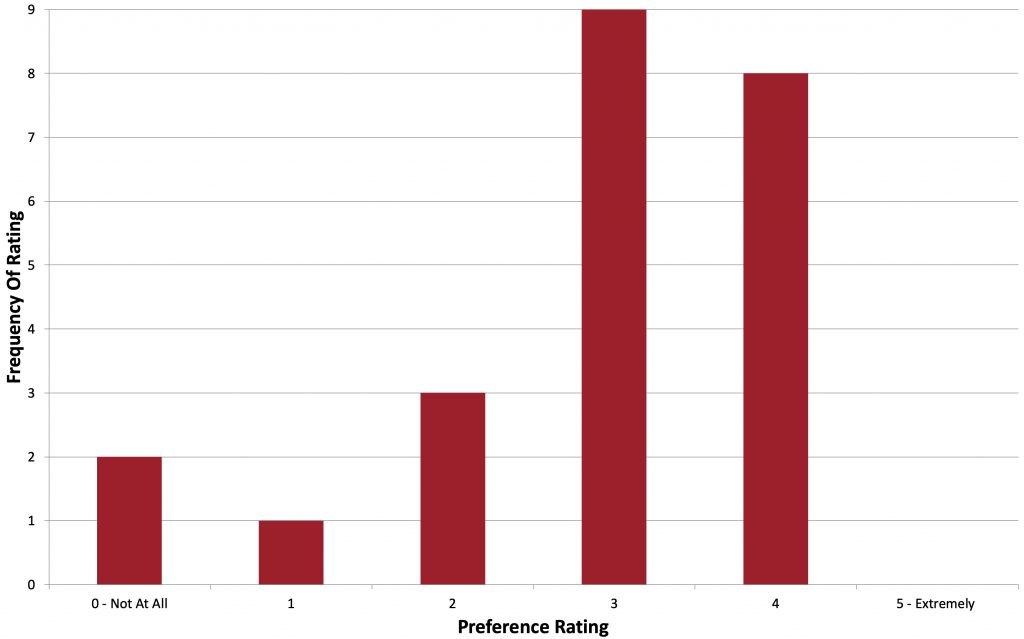
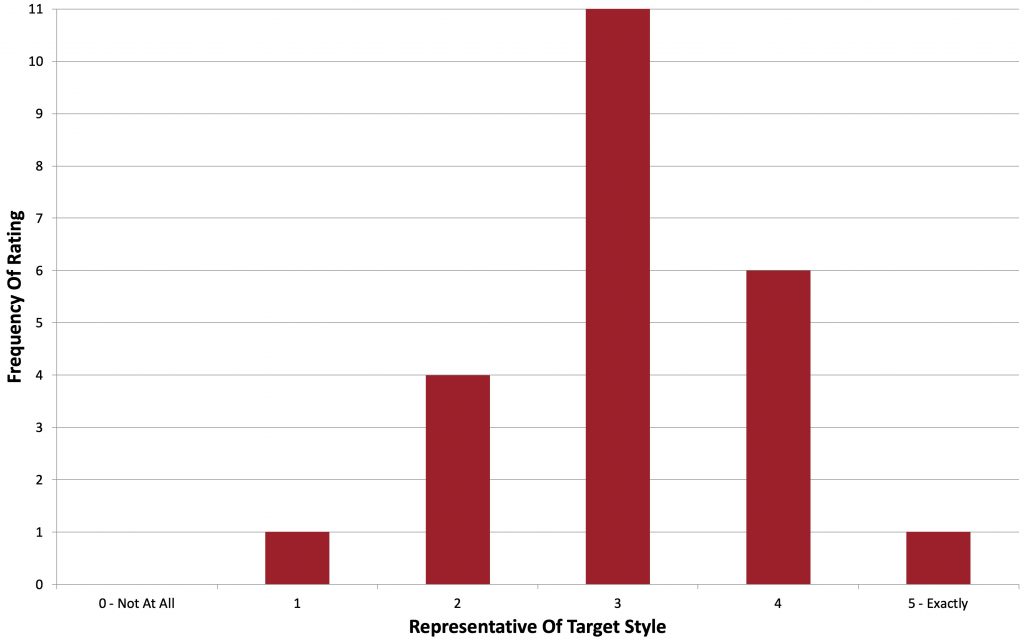










16 thoughts on “Short & Shoddy | Belgian Dubbel”
Hey Marshall,
Your co2 collection system is similar to something I’ve kicked around. Did you collect all of the fermentation co2 produced, or did you release some with a spunding valve?
Once the sanitizer is pushed out of the first keg and into the second, the second keg sort of acts like a blowoff bucket, releasing any additional CO2.
Ok, sounds good. Now, how is the co2 released at that point? Like through a spunding valve, or an open relief valve, or tubing slipped over a keg post into sanitizer bucket?
I use a cheap plastic pin lock depressor, but an extra gas disconnect works equally as well.
Do you think the beer would have benefitted from additional conditioning time at fermentation temp?
I don’t think so, it was a good beer… but perhaps?
Great write up 👍. Any chance you want to leave an inkling for what you use and how much for your “haphazardly tossing minerals into the water” approach? I would like to use the same short and shoddy approach myself.
If I had to guess, I’d say the water was close to 80:50 SO4 to Cl. I only use gypsum and CaCl these days.
Happy to see this–dubbel is an underrated style. The beer in the pic looks a bit light in color to me, though. Westmalle’s dubbel is a deep brown. I find I need to use D-90 or D-180 to get the right color and flavor profile. This guy’s “rules” also seem to help:
http://www.data-brew.com/blog/rules-for-belgian-ales
It was beautifully sunny out, made the beer look lighter than it really is.
“Rules”? Or “list of future exbeeriments”?
That was my thought too–color too light. Candisyrup.com has some good recipes, which they experiment with and tweak from time to time. Been wanting to try the Westvleteren 8 for a while.
I have to say that I learn just about as much from your pictures and blog posts about your process as I do from the podcasts. I don’t know how many ahh ha moments I’ve had seeing pictures of others setups and processes. It’s really changed my process over the years.
Agree with the Imperial Triple Double yeast. It is my go to yeast for the Trappist styles. We’ve been experimenting with just using dextrose instead of the traditional candi sugars with good results. We adjusted the grain bill to get the color right, but won gold and bronze for our Belgian Dark Strong without using any dark candi sugars.
I imported this into Brewfather to brew it, but brewfather was mad about the color and lack of photo when I tried to save it as public. I wasn’t going to change the style.
It would be very cool if I could find your recipes on Brewfather. I bought all of these ingredients a few weeks ago, and am looking forward to brewing it very soon. I don’t know if I want to go short and shoddy, but I suppose.
I was recently visiting friends in Gent and was served Westvleteren 8 annd 12 over dinner. Photographed backlit in the sun, those beers are much deeper ruby color. I’m going to spend months trying to make something like it.
I was told that color and flavors (chocolate, Cherry, and more) come more from cassonades and yeast, with minimal to no roasted malts. It’s definitely not the Chouffe yeast (gnome), and there is zero bubblegum or banana.